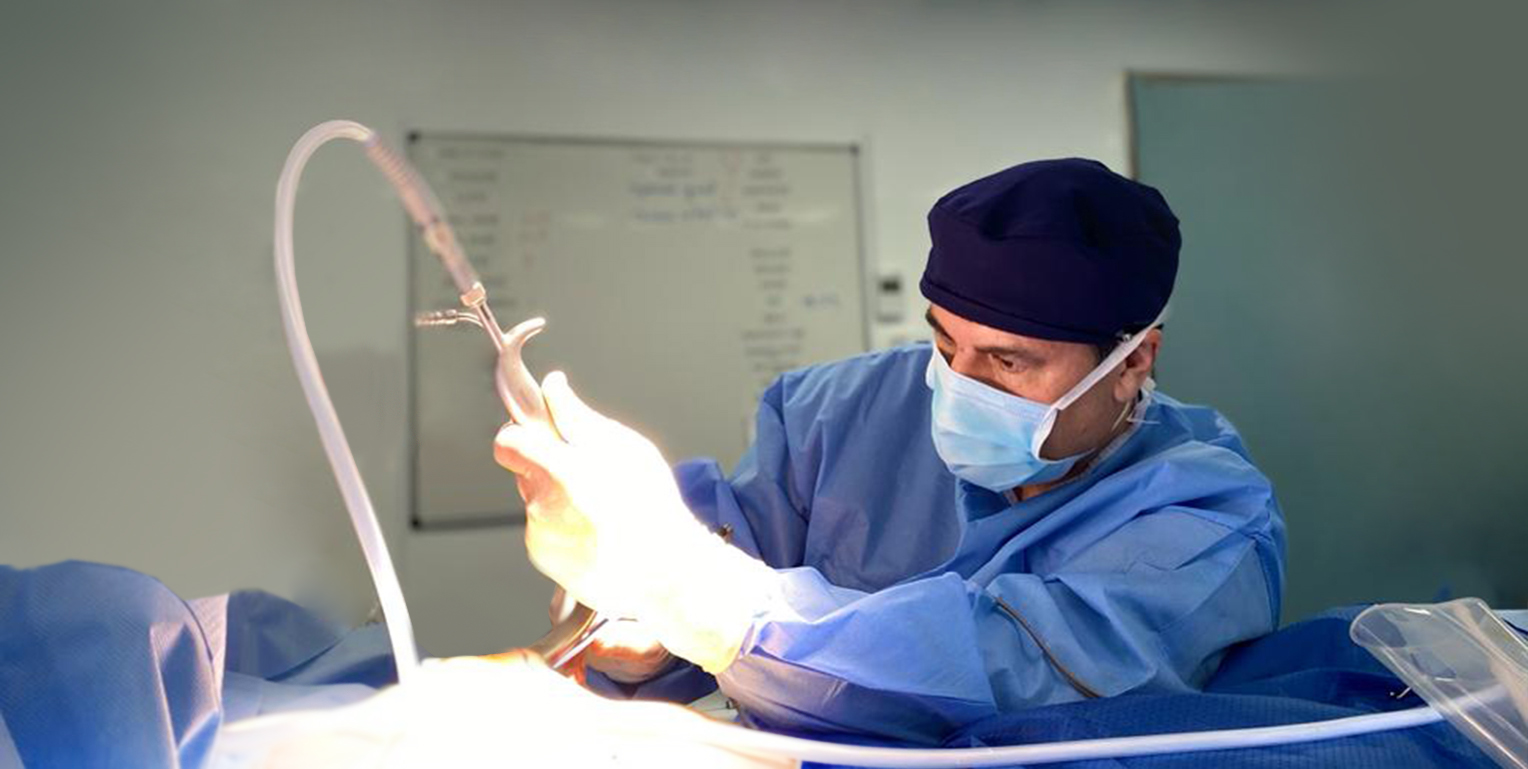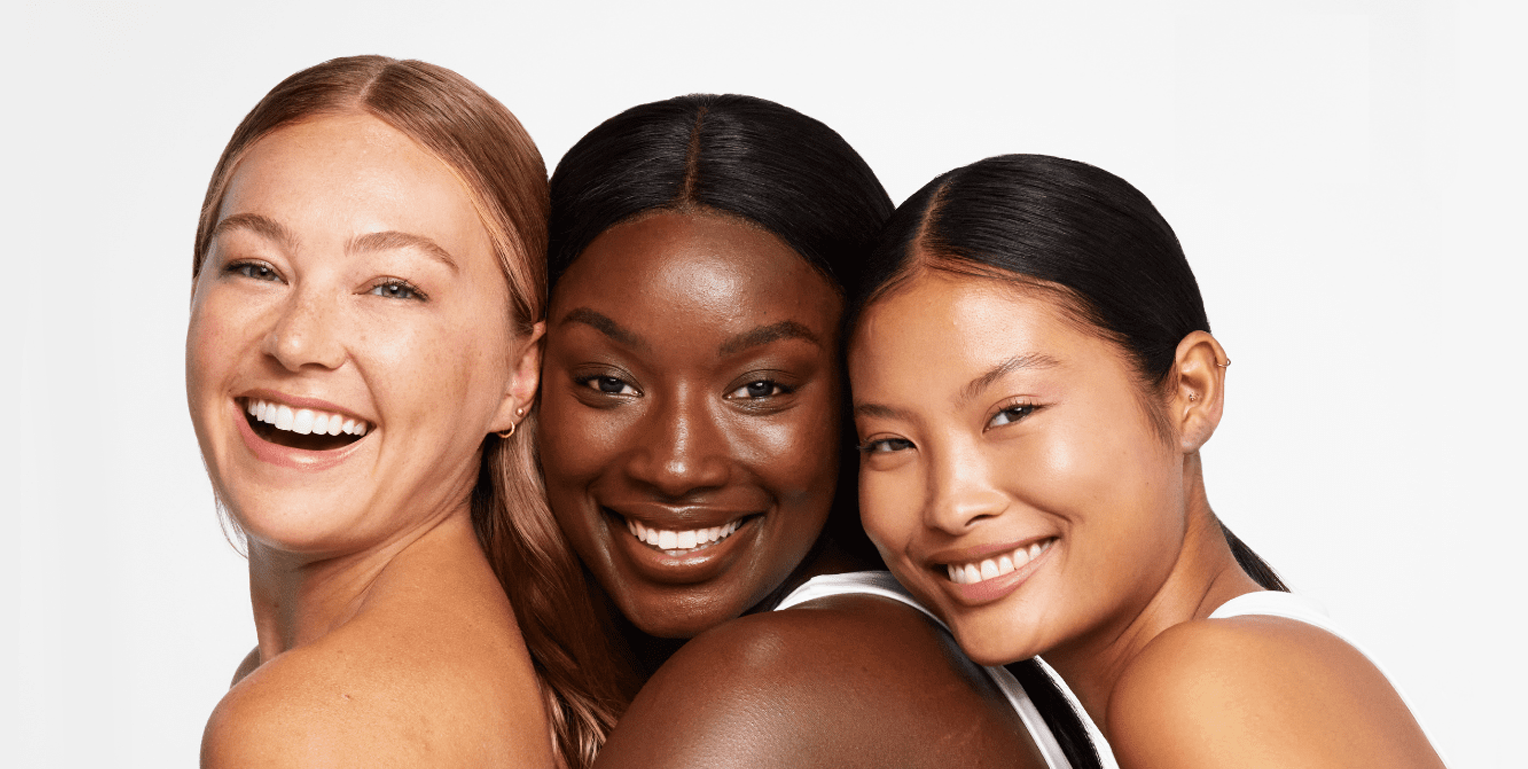The creation of a nipple and areola is the final component of your breast reconstruction. During a risk-reduced mastectomy, the nipple is usually removed along with the rest of the breast tissue. However, if you are having an immediate reconstruction, it may be possible to keep the nipple. It can be left attached to the skin of the breast with just the tissues underneath the skin removed, or the nipple and its surrounding skin may be removed with the rest of the breast tissue and then attached (grafted) onto the reconstructed breast.
Regardless of which method of breast reconstruction you choose, reconstruction of a nipple really makes a reconstructed breast look as normal and natural as possible. However, some patients are comfortable without having a nipple, and do not wish to have further surgery. Others choose the non-surgical option of tattooing without reconstruction. This allows colour pigmentation to simulate the nipple areola without the contour of an actual nipple. Still, the reconstruction of the nipple areola helps to put the finishing touches to the new breast after the long journey of reconstruction.
Before deciding to undergo nipple reconstruction, there are several factors to consider about the new nipple.
The Reconstruction Nipple
- Will not react in the same way to temperature changes or touch
- Will not have the same sensation as a natural nipple
- Will not grow and flatten as natural nipples will
- Will have no feeling
For the first 3-6 months following any type of reconstruction surgery, the new breast will change. Tissues in autologous reconstructions generally shrink slightly and even purely breast implant based reconstructions will change shape as scars form and slowly soften. When all of these changes are complete, the breast is ready for the creation of a new nipple and areola.
If your nipple is removed during mastectomy, there are a number of different techniques of nipple reconstruction available which can be used to reconstruct a nipple following a breast reconstruction. The best technique for you will depend on a number of factors such as the size and shape of your breast, the quality of tissue on the reconstructed breast, whether you are having nipple reconstruction with or without a surrounding graft, and the appearance of your other nipple if you have had only one breast reconstructed.
Options for reconstruction of the nipple & areola
Nipple and Areola Tattooing
Tattooing the reconstructed breast can create an areola to match the natural breast, and can even create the illusion of a nipple. Although this technique will not give the three-dimensional shape of a nipple, it can give a very good appearance and the results can be very realistic. The tattooing will usually last for about 18 months to two years after which the colour may fade and the tattooing procedure needs to be repeated to maintain the best result. The tattooing itself is not usually painful but the area may feel sore (like a graze) for a few days afterwards.
Nipple Flap
The flap technique consists of surgically lifting a small area of skin and fat directly from the surface of the breast reconstruction site. Subsequently bringing the tissue together to form a nipple; then closing all incisions with dissolvable stitches. This technique has the advantage of keeping the blood supply intact, and of confining any scarring to the area of the new nipple and areola (as opposed to creating a new scar at the donor site, as in a graft procedure). Flap based nipple reconstruction may be supplemented with areola tattooing to provide a natural looking colour to the nipple and surrounding darker skin.
Nipple Grafting
The graft technique involves harvesting skin from a donor site separate from the reconstructed breast and attaching it to the newly constructed breast. Common donor sites include the nipple of the other breast, the abdominal scar from a flap reconstruction, the inner thigh, the earlobe or the labia. Disadvantages of nipple grafting are that the new graft is not transferred to the nipple site with a blood supply. Instead, it needs to establish a new blood supply from the reconstructed breast, which occasionally does not happen, resulting in graft failure. Also, grafts tend to flatten over time and, if hair-bearing skin is used to create the graft, hair will continue to grow from the new nipple. This can be treated with electrolysis or laser therapy. Nipple grafting may be supplemented with areola tattooing to provide a natural looking colour to the nipple and surrounding darker skin.
Nipple & areola reconstruction is performed as an outpatient procedure. The rate of recovery depends on the technique used and where the donor site for the graft is located.
Risks & Complications
- Will not react in the same way to temperature changes or touch
- Will not have the same sensation as a natural nipple
- Will not grow and flatten as natural nipples will
- Will have no feeling
For the first 3-6 months following any type of reconstruction surgery, the new breast will change. Tissues in autologous reconstructions generally shrink slightly and even purely breast implant based reconstructions will change shape as scars form and slowly soften. When all of these changes are complete, the breast is ready for the creation of a new nipple and areola.
If your nipple is removed during mastectomy, there are a number of different techniques of nipple reconstruction available which can be used to reconstruct a nipple following a breast reconstruction. The best technique for you will depend on a number of factors such as the size and shape of your breast, the quality of tissue on the reconstructed breast, whether you are having nipple reconstruction with or without a surrounding graft, and the appearance of your other nipple if you have had only one breast reconstructed.
















